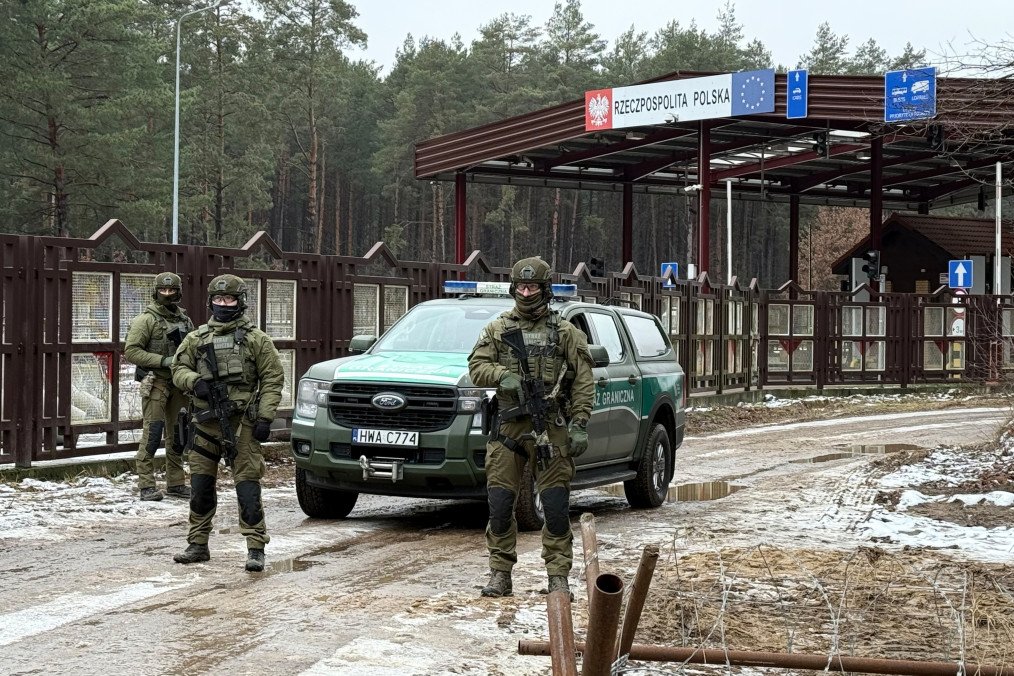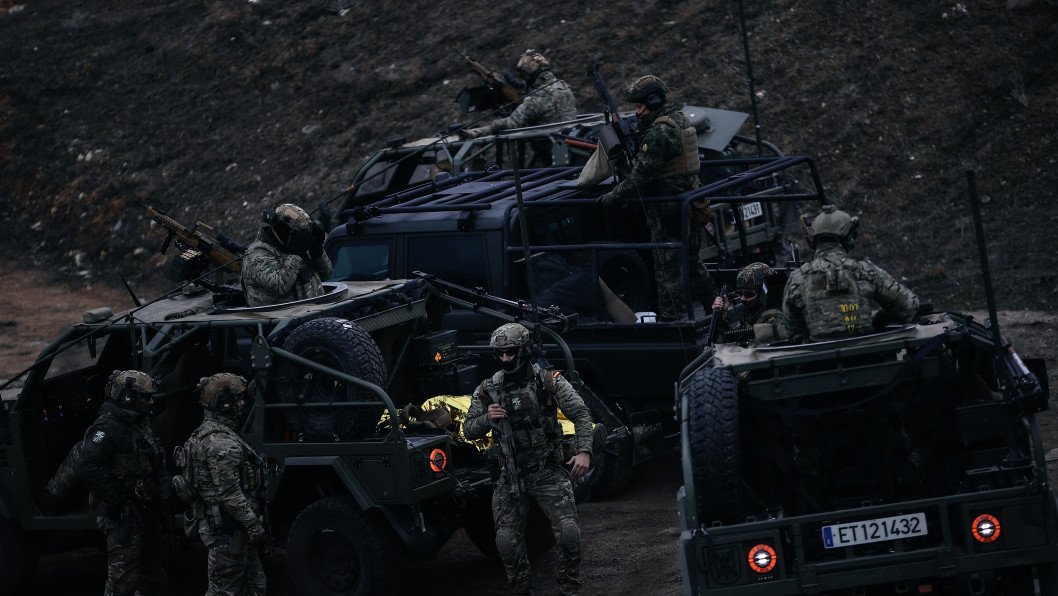- Category
- Latest news
Poland and Baltic States to Strengthen Borders With Mines and Defenses Against Potential Russian Aggression

Poland has announced plans to install anti-personnel mines along its borders with Russia and Belarus as part of its large-scale defense program, “Eastern Shield,” Deputy Defense Minister Paweł Bejda confirmed during an interview with Polish media outlet RMF on March 18.
To proceed with this move, Poland will officially withdraw from the Ottawa Treaty, an international convention banning the use of such mines. Lithuania, Latvia, and Estonia—all NATO and EU members—are expected to follow suit.
Bejda justified the decision, citing growing security threats. “We have no choice—the situation at the border is serious. We have strong concerns, bordering on certainty, that Belarus is acting under full Russian control. Whatever Vladimir Putin decides, Alexander Lukashenko will agree to. Remember, Ukraine was invaded from Belarusian territory,” Bejda said.
Currently, Poland does not possess anti-personnel mines, but it intends to produce up to one million units domestically. “These will be manufactured by Polish Armaments Group factories, though I won’t go into specifics. We value both private and state-run defense industries equally,” Bejda added.
The “Eastern Shield” program, introduced in May 2024, is a multi-billion-dollar effort to fortify Poland’s borders against potential Russian aggression. The plan includes:
800 km of trenches
Anti-tank barriers and fortifications
Surveillance systems and air defense integration
Landmines and defensive bunkers
Polish military officials have stated that minefields will only be fully activated if war becomes inevitable. NATO commanders from more than ten member states have previously identified a potential Russian attack on the Alliance as a realistic scenario in the coming years.

Neighboring Lithuania, Latvia, and Estonia are also planning to lay anti-tank mines along their borders with Russia as part of the Baltic Defense Line. The Times has reported that this project includes:
Trenches, barbed wire, and “dragon’s teeth” tank obstacles
1,000 concrete bunkers
Ammunition depots near the borders
The first phase of “Eastern Shield” was completed in November 2024, including border fences, tank traps, and anti-vehicle trenches.
Polish Prime Minister Donald Tusk called the project “an investment in peace” during an inspection of fortifications along the Kaliningrad border.
“We want our border to be secure in peacetime and impenetrable in wartime,” Tusk explained, emphasizing Poland’s strategic role on NATO’s eastern flank.
The entire project is expected to be completed by 2028, with an estimated cost of $2.5 billion.
Earlier, Latvia was set to close border checkpoints to pedestrians and cyclists along its frontiers with Russia and Belarus, a move aimed at preventing a potential migrant crisis.
Guntis Pujāts, head of the Latvian Border Guard, pointed to recent attempts by a group of 30 migrants to cross into Latvia from Belarus, which prompted the closure of the Pāternieki crossing.
“They come here, but I don’t know what they expect. They have no visas, no residence permits,” Pujāts said. He added that many of these migrants arrive with bicycles they don’t even know how to ride—pushing them instead.
“This is clearly an attempt to weaponize migration,” he stated. However, he noted that the temporary closure of border points has already yielded results, stabilizing the situation.




-111f0e5095e02c02446ffed57bfb0ab1.jpeg)

